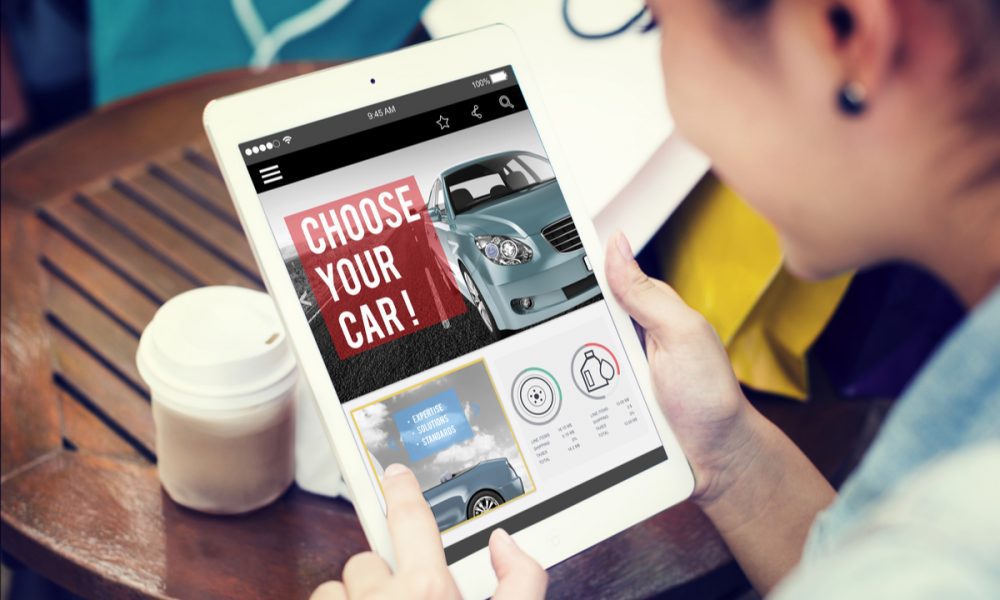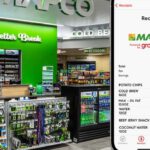The use of digital shopping platforms is pacing that of ‘buy now, pay later’ (BNPL) growth as more consumers embrace the convenience and speed of eCommerce, combined with the ability to purchase items they couldn’t otherwise afford via smaller installment payments over time.
It’s perhaps inevitable that these two forces shaping pandemic-era commerce are moving beyond the lower-ticket purchases that kickstarted the trend to more expensive merchandise.
PYMNTS researchers examined this trend in two newly released studies showing that consumers and merchants are using digital shopping and BNPL almost in unison, with a large and growing number using the combination to push into higher-ticket territory.
The Next BNPL Horizon Report: Expanding Access To High-Value Services, an Amazon Web Services (AWS) collaboration, found that 43 percent of U.S. adults — roughly 111 million consumers — want to use BNPL to fund things from home remodeling to medical treatment.
The AWS study notes that 41 percent of consumers interested in using BNPL for big-ticket purchases see alternative credit as less cumbersome than personal loans. Some 26 percent prefer BNPL options “to avoid locking up their credit lines for expensive purchases.”
However, analysis reveals that consumers often shop for high-value goods and services via online channels but complete those purchases offline by legacy means.
Digital Platforms: How Consumers Shop And Pay For Big-Ticket Purchases, a Rightpoint collaboration, notes that “Consumers still prefer to handle big-ticket spending the old-fashioned way. Shoppers conducted prepayment interactions offline for 75 percent of transactions and paid offline for 73 percent of them last year. In comparison, they conducted digital prepayment interactions in 46 percent of cases and digital payment in 27 percent.”
Trendlines point to higher-ticket purchases by digital means becoming more common, but barriers remain, largely revolving around consumer trust and familiarity with new methods.
See also: The Next BNPL Horizon Report: Expanding Access To High-Value Services
Driving Change In Big-Ticket Purchases
Automotive is taking an early lead among breakout categories where consumers are making costly purchases purely through digital channels.
PYMNTS reported in August that revenues rose nearly 200 percent in the Q2 2021 year-over-year for online car dealer Carvana, selling 100,000 vehicles — “a 96 percent increase from a year earlier.”
It’s a similar story at Vroom, also reporting in August that consolidated revenues of $761.9 million were up 201 percent year over year. The company added “that the eCommerce units sold surged by 172 percent to more than 18,260 units; average monthly unique visitors to the company’s platform were up 75 percent to 1.7 million.”
Data from PYMNTS’ study with Rightpoint bears out the shift, noting that “The offline-digital divide varies significantly by product and service, but only automobile purchases tended to involve digital engagement (62 percent) more often than offline engagement (60 percent).”
See also: Digital Platforms: How Consumers Shop And Pay For Big-Ticket Purchases
Spending Power Boost Is Key
As the pandemic digital shift moves towards its third calendar year in 2022, consumers are adapting to digital channels and payment options, making a move to bigger-ticket purchases look more like an inevitability as the shift matures into a new set of consumer behaviors.
As the AWS study states, “Many BNPL users see it as a viable option for boosting their spending power,” with 28 percent of BNPL users responding that they couldn’t have afforded products and services they purchased “without the payment flexibility that BNPL options provide them.”
That study also found that the typical BNPL user will spend $961 on a single BNPL purchase, whereas “the average bridge millennial BNPL user would spend as much as $1,203, while the average Gen X BNPL user would spend as much as $1,006 on a single BNPL-enabled purchase.”
Third-party BNPL providers have taken note and are responding to the bigger-ticket trend by increasing spend limits in some cases. For example, CNBC recently reported that “Affirm approves installment payments for purchase totals as high as $17,500, which has proven to be very important for Peloton’s expensive workout equipment and services. FT Partners, an investment bank focused on the FinTech space, estimated 30% of Affirm’s first-quarter 2021 revenue came from sales on Peloton’s website.”
The same story added that “Klarna’s merchant base reports a 45% increase in average order value when a shopper pays over four payments.”
While Digital Platforms: How Consumers Shop And Pay For Big-Ticket Purchases shows the attraction to digital browsing for high-ticket items, it also notes an aversion at present to paying for these products and services on the third-party review sites. That may change rapidly.
Per the Rightpoint Digital Platforms study, “Shoppers in the greatest shares show high levels of interest for real estate purchases (48 percent), followed by automobiles (44 percent) and insurance (44 percent), with lower portions for remodeling (39 percent) and healthcare services (34 percent). These results indicate significant potential for digital platforms to capture big-ticket purchases in all categories by offering quality integrated engagement-payment experiences.”
See also: New Data Shows 88% of Consumers Still Go Offline to Pay for Big-Ticket Purchases






